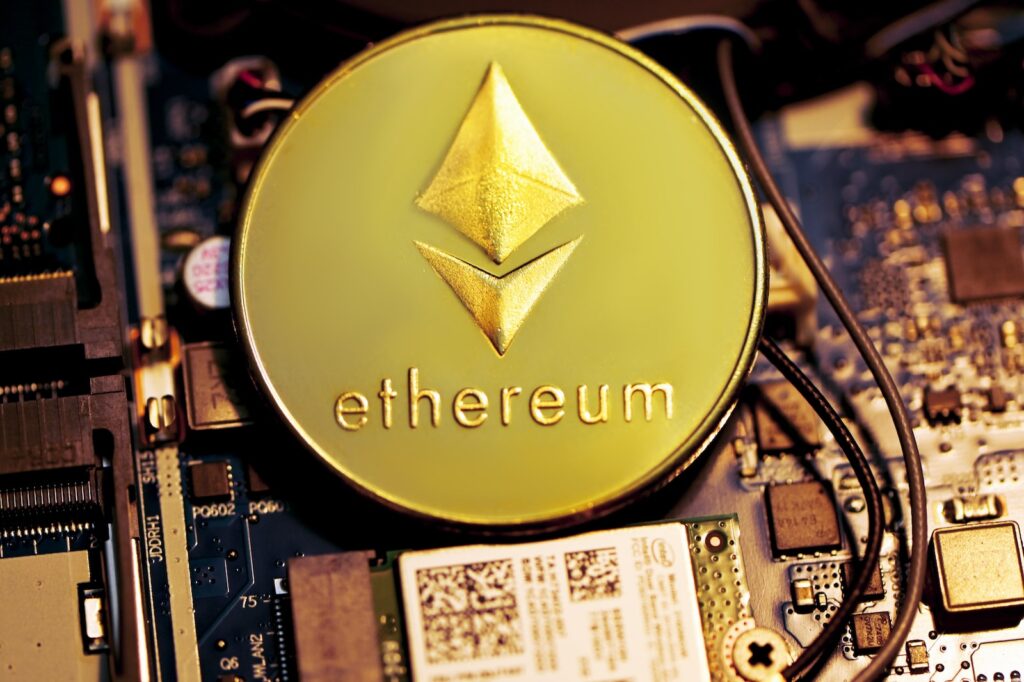A difficulty bomb is a device that gradually increases the difficulty of mining, enticing users to update to newer software versions that feature modifications to the mining algorithm. Limiting the amount of power any organization has over the mining process maintains the network’s security and decentralization. If you are interested to be a trader, you may visit websites that provide Ethereum buying guide
The difficulty bomb will gradually lose effectiveness as more users switch to the latest program, eventually being completely phased out. The difficulty bomb was first included in the Ethereum software’s Homestead update, and its implementation was initially planned to start at block 200,000.
But it took until block number 4,370,00 to activate the difficulty bomb because of the software’s development delays. Since then, mining has been gradually deteriorating, making mining harder.
The difficulty bomb is not anticipated to become a significant issue for miners until 2019 at the current rate of difficulty rise. However, the timeline might be accelerated if the Ethereum network expands faster than anticipated. In that case, the difficulty bomb will escalate in importance more quickly than expected.
Ultimately, the difficulty bomb is just a stopgap to ensure the decentralized Ethereum network. When the network is sufficiently dispersed, the difficulty bomb will no longer be necessary and may be securely deleted from the code.

The widespread issue with Ethereum might soon give rise to a solution-rich environment.
Some numerous initiatives and organizations operate on the Ethereum blockchain. These initiatives include the Enterprise Ethereum Alliance (EEA) and the Interchain Foundation, two well-known ones (ICF). Others, like Parity Technologies or the Geth Go Team, are less well recognized. But they all have one thing in common: they’re all working hard to find a solution to Ethereum’s scalability issue.
This does not mean that the scalability issue with Ethereum has been resolved. Not at all. But the fact that so many various projects are working on potential fixes is encouraging for the platform’s future.
PlasmaCash is one extremely intriguing project. A project called PlasmaCash is being developed by OmiseGO, one of the most active Ethereum projects. With the help of PlasmaCash, Ethereum might be able to scale to support millions of transactions per second. This is accomplished through “data sharding,” a method.
Data can be distributed among several network nodes by using data sharding. Limiting the amount of data each node processes can significantly increase the network’s overall throughput. Other initiatives are utilizing this method, like Shards and Lightning Network.
It’s encouraging that so many different projects are working on data sharing. Furthermore, it demonstrates that the Ethereum community is actively investigating various scalability options for the platform.
One of several feasible solutions to Ethereum’s scalability issue is data sharing. State channels and off-chain transactions are two other methods being developed by other projects.
Ethereum’s scalability issue will probably be solved by combining several different approaches. It’s unlikely that any one solution will be sufficient on its own. But it’s encouraging for Ethereum’s future that many diverse projects are working on potential fixes. The Ethereum community is aggressively striving to find a solution to the platform’s scalability issue. For the platform’s future, this is encouraging.
Why should you care that Ethereum is a ticking time bomb?
Everyone must be highly concerned as Ethereum’s time bomb begins to tick because a hard fork of the Ethereum blockchain may result. This would result in two distinct Ethereum implementations, which could cause various issues. Bitcoin already exists in a variety of forms, which has caused a lot of misunderstanding and conflict. It might be worse if Ethereum divides in two.
The time bomb will detonate after 2017 or at the beginning of 2018. The phrase “difficulty bomb” describes it.
As a result, mining will become considerably less profitable, and miners will eventually give up. Ethereum’s creators will have to hard fork the network to remedy it. All users would have to update to the new software as a result. The two versions of Ethereum will be incompatible if even a few users choose not to upgrade.
This might result in various issues, such as one version being more valuable than the other. The time bomb is a severe issue that requires attention. It is an opportunity, though.
Conclusion
This question’s solution is still a little hazy because the brutal bomb hasn’t detonated yet. From what we know, though, the difficulty bomb is intended to gradually increase the difficulty of mining on the Ethereum network, encouraging users to switch to a proof-of-stake system. Although the exact timing of the problematic bomb’s detonation is yet uncertain, all Ethereum users must be aware of it.